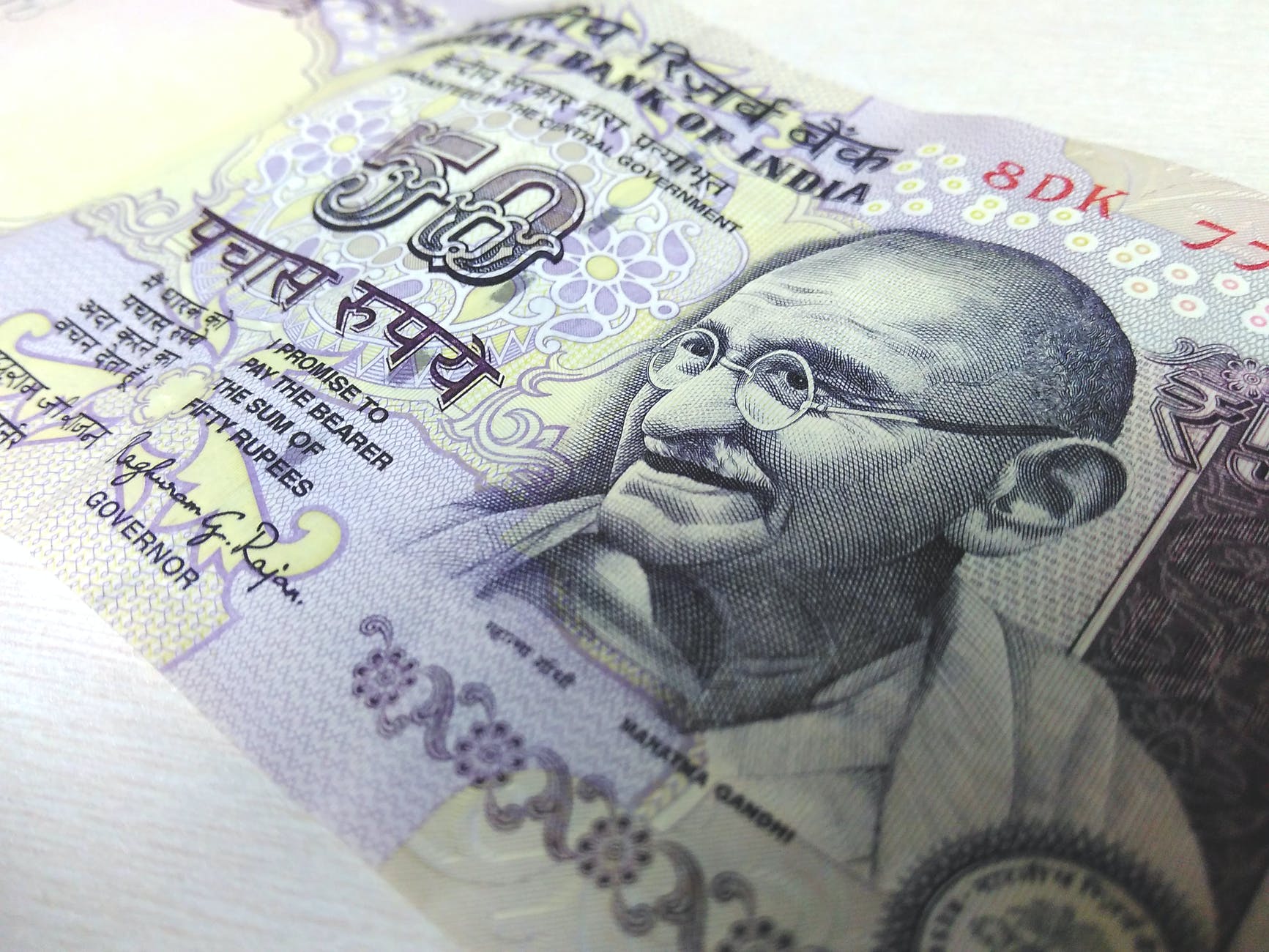INDIA’S ECONOMIC RECESSION CRISIS


India is confronted with a recession for the first time in nearly after almost a decade century and that too at times when pandemic continues to impact Asia’s third-biggest market, which economists warn will struggle to recuperate from the slump. Official data published on Friday showed GDP for its July-September quarter fell by 7.5% compared to the exact same period last year, once the market was growing by more than 4 percent. That follows a list drop of nearly 24% in GDP at the April-June period, the initial quarter of India’s fiscal year. Spread of the Covid-19 pandemic, limitations were imposed on the financial activities not deemed essential throughout [the first quarter],“ the Indian Ministry of Statistics said in a statement on Friday. „Though the constraints have been gradually lifted, there has been an impact on economic activities.“ While production returned to growth, the services sector suffered a second consecutive double-digit decline.
AstraZeneca on its vaccine candidate is fantastic news for India, given that it has among the biggest orders of any country, and the vaccine will be produced locally, Shah added. Encouraging sign yet that India has a path to ending its Covid-19 epidemic and the social distancing that continues to weigh on the market,“ he said in a research note.
But supply challenges could Imply a vaccine wouldn’t be widely available until the second half of next year, additional Priyanka Kishore, the mind of India and South East Asia economics at Oxford Economics. There are also some concerns that too little clarity regarding information in the vaccine trials may delay regulatory acceptance. Both economists stated that India’s Market has a difficult path ahead. „The lack of a comprehensive financial response… will hamper growth going forward,“ Kishore said.
Investors will be paying close vare when India’s central bank meets next week. There are reports by RBI that India is going through a ‚technical downturn‘ for the very first time. It’s not really the first recession‘ the country has faced. In reality, it’s the fifth‘ time India has seen a downturn. Earlier this, India confronted four different recessions; together, the very first one took place in 1957-58.
A market is in a recession when it confronts contraction for two consecutive quarters. The latest RBI article, titled ‚Economic Activity Index,‘ authored by Pankaj Kumar of the Monetary Policy Department, says Q2 will even record GDP contraction, and it’ll be India’s first technical downturn.
It is pertinent to mention that India’s GDP has shrunk 8.6 Percent in September, right before the end of the year. The Q2 has not released the official GDP numbers as well as also the RBI projections are based on the ’nowcasting‘ method of the author. Also, these numbers are not based the central bank’s official stand on Q2 GDP figures. The official GDP numbers are fixed to be published on November 30. In the first quarter, the market had shrunk with a historical 23.9 percentage on a year-on-year basis.
The article states the indicator is constructed from 27 Monthly indicators with a dynamic factor model and suggests that the market rebounded sharply from May/June 2020, together when the market reopened. This contraction is ebbing with“gradual normalization in actions,“ but it’s predicted to be short lived, it stated.
For the entire fiscal year, the RBI has estimated that the GDP will contract 9.5 percent. Similarly, it is being predicted by many rating agencies and research organizations that the economy might shrink up to 12.3% in FY21. The IMF has projected decreasing of 10.3%, while the Asian Development Bank has promised that a degrowth of 9%.
Not the first recession in terms of annual GDP Numbers RBI’s historical data on the market reveals the country confronted four recessions starting from FY 1957-58 (when GDP contracted 1.2%); 3.7% contraction in 1965-66; 0.3% in 1972-73; and 5.2% in 1979-80, making the one in 2020 the fifth recession.
This year’s pandemic cannot be blamed for the recession either; the previous recession in India’s GDP had two reasons that remained unchanged — weak monsoon and energy issues. In case India’s FY21 GDP contracts for its September quarter, as is projected by analysts, the contraction could, nevertheless, be of much larger scale.
Throughout 1957-58, India struck its first fall in economic development when a negative GDP growth of 1.2 % was recorded. The reason for this was a ballooning import bill, which swelled by more than 50% from 1955 to 1957. The 1966 recession was caused by severe drought and wars with China and Pakistan.
In 1965-66, because of drought, food grain production Fell 20 %. Foreign food aid arrived at the rescue of their hungry population, and India obtained the aid of 70 lakh tonnes of food in 1965, equivalent to 10% of national production.
The 1972-73 recession came on the back of an energy crisis since the Organisation of Arab Petroleum Exporting Countries (OAPEC) recognized petroleum and targeted countries supporting Israel during the continuing“Yom Kippur“ war. Because of this, in a short while, oil prices shot up 400 percent from $3 to $12. This was double the amount of foreign exchange reserves present at that time. The cost of India’s imports almost doubled between 1978-79 to 1981-82. Throughout this time, India’s exports took a hit as it contracted by 8%, which led to a balance of payment crisis.
The government has contended that it did not see the point in pressing the brake and the accelerator at the exact same time. But with a gradual unlocking of these constraints, there are hints that a second stimulus package has been prepared. Sanjeev Sanyal, the principal financial advisor to the finance ministry, told the local press recently that India was ready to build infrastructure on an“unprecedented“ scale, in addition to allowing a several percentage points increase in its debt-to-GDP ratio to get back on the growth path.
But economists warn that with earnings plunging, tax receipts drying up, and a financial deficit already expected to take up four percentage points above the expected levels, the leeway for India to spend its way out of this crisis remains limited at best. And finally, a recovery in the market will hinge on a recovery in the pandemic curve, which in India’s case is yet to peak, according to some experts. How expediently the Narendra Modi-led government gets that under command will play a substantial role in determining India’s economic destiny.
